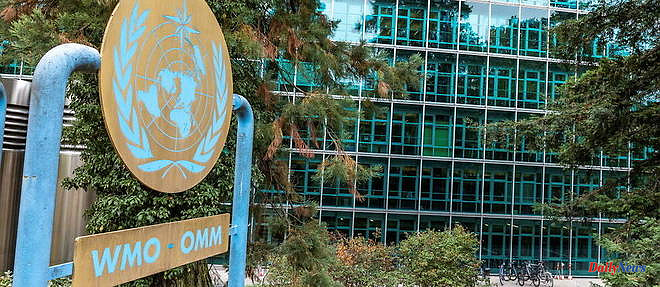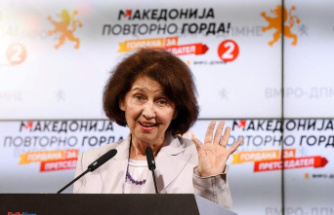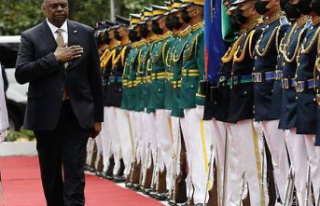The United Nations (UN) wants, by all means, to stop global warming. For this, dozens of experts met in Geneva to think about how to track greenhouse gas emissions. The goals of the World Meteorological Organization are to standardize the way information is produced, fill knowledge gaps about where greenhouse gas (GHG) emissions go, and produce much faster and more accurate data on the evolution of the planet's atmosphere. The ultimate goal is to better inform on strategies to fight against global warming.
Within this framework, WMO concluded a three-day meeting at its headquarters in Geneva on Wednesday 1 February, which brought together more than 250 specialists in oceans, space, climate and meteorology. "Climate change is the most stressful and enduring challenge of our time," said Hugo Zunker, of the European Earth observation program Copernicus. "If we don't understand how the climate is changing and what risks those changes bring, we can't plan for a sustainable and resilient future," he insisted.
"Currently, there is no comprehensive and timely international exchange of data from surface and space-based greenhouse gas observations," WMO said. . The three main greenhouse gases are carbon dioxide (CO2), methane and nitrous oxide. CO2 alone is responsible for about 66% of global warming.
And there are also gaps in knowledge of the role played by CO2 absorption mechanisms – carbon sinks – such as the Amazon rainforest, oceans and permafrost areas. “We have large uncertainties about the terrestrial component of CO2, both carbon sources and sinks, and the other unknown is methane,” said WMO chief Petteri Taalas.
The WMO's 2021 Greenhouse Gas Bulletin, released at the UN's COP27 climate summit in Egypt in November, showed the largest annual increase in methane concentration since 1980, "and we don't fully understand the reason behind it," Petteri Taalas said. WMO is therefore developing a concept for an internationally coordinated GHG monitoring infrastructure.
The new framework should facilitate greenhouse gas observation systems on the surface and in space, with common standards and rapid access to its measurements. "The data generated by such a system would support the provision of robust quantitative information," the WMO hopes.
The 2015 Paris Agreement on climate change saw countries agree to cap global warming at "well below" 2°C above levels measured between 1850 and 1900 – and 1.5°C if possible .
The monitoring system would also provide a better understanding of the complete carbon cycle. Lars Peter Riishojgaard, in charge of these issues at the WMO, believes that we have a good knowledge of the quantity of CO2 emitted. “We know overall how much oil and coal gas we extract. We can assume everything is burnt,” he said.
“Some of it goes into the land surface and some goes into the ocean. We understand the sum of these two elements, but not the individual components,” he insisted. For him, it is essential to understand the system as a whole if we want to be able to effectively mitigate its harmful effects. And you have to find reliable financing.
Most current GHG monitoring measures are highly dependent on research capacity and funding, which are often too intermittent, and this makes continuous global monitoring "hard to achieve", explains the WMO.












